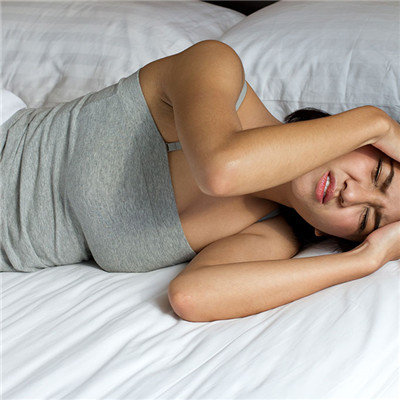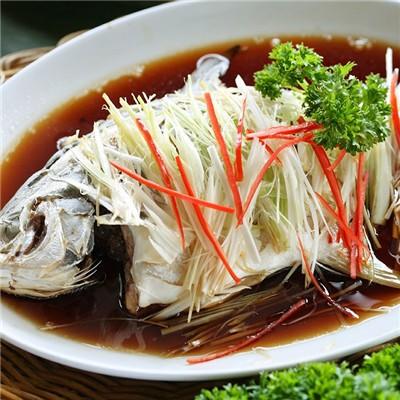What symptom does tumor of the third ventricle have?
summary
The tumor of the third ventricle refers to two parts of the tumor, which are primary in the third ventricle or protruding from the third ventricle into the third ventricle. The tumors in the third ventricle were gliomas, germ cell tumors, cholesteatoma and colloid cysts. The incidence rate was 0.5% to 3% of intracranial tumors, which was found in all age groups but mostly in adults. What symptom does tumor of the third ventricle have? Let's talk about it
What symptom does tumor of the third ventricle have?
Because of the obstruction of the tumor, the circulation of cerebrospinal fluid is obstructed, resulting in ventricular enlargement and increased intracranial pressure. Clinically, the patient has severe headache, nausea and vomiting. The headache can be relieved temporarily because of the change of head position and body position. This may be due to the movement of the valve like tumor in the third ventricle and the temporary relief of the obstruction,
The circulation of cerebrospinal fluid is unobstructed so that the headache can be alleviated or stopped. If it is blocked again, headache will occur again, and coma or even death may occur in severe cases. Patients often show compulsive head position and compulsive body position. Most patients have more headache in supine position and less headache in prone position. Therefore, in sleep, patients take a downward facing posture to reduce headache.
When the tumor invaded the adjacent brain tissue, the corresponding local symptoms occurred. Because of the different location and development direction of the tumor, its performance is also different. The most common symptom is hypothalamic damage. It includes disorders of endocrine metabolism, such as changes in sexual function, obesity, sexual impotence, malnutrition syndrome and water and salt metabolism disorders, which are also the main symptoms of third ventricle tumors.
matters needing attention
Eat more high fiber foods (such as whole grains, Cereals, beans, vegetables, fruits); Limit the intake of salted, smoked and nitrite containing foods. Reduce the total fat intake; Limit the intake of alcoholic beverages;













